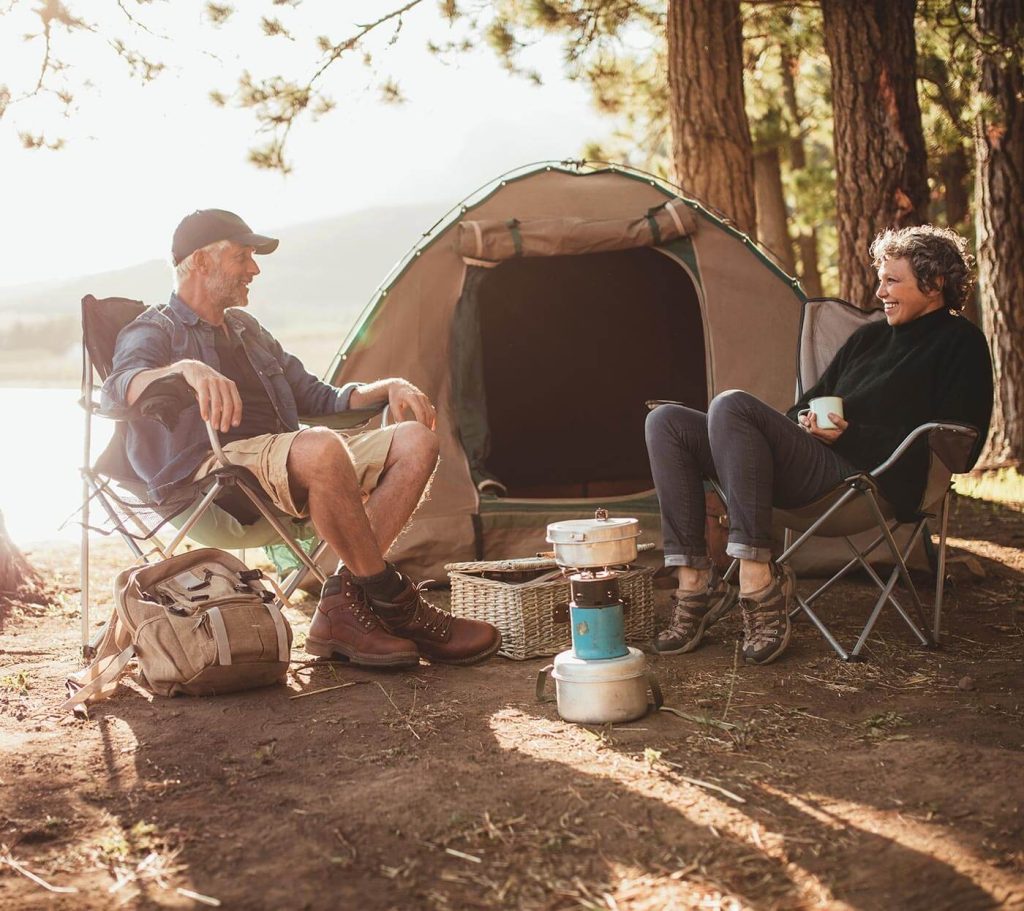What Degree Sleeping Bag Do You Need for Your Next Hiking Adventure
Most hikers make the same mistake: they pack the wrong sleeping bag. Cold nights, restless sleep, and even hypothermia can be the result. Want to avoid this?
You need a sleeping bag rated for temperatures 10°F (5°C) lower than the coldest expected temperature on your trip, to ensure safety and comfort in unpredictable outdoor conditions.
If you’ve ever spent a night shivering in a tent, you know that guessing your gear’s performance doesn’t work. A sleeping bag that’s too cold or too warm can ruin your trip. So let’s look at how to pick the right one, step by step.
How Do Sleeping Bag Temperature Ratings Work?
Sleeping bag ratings confuse many buyers. Is the number comfort or survival? Does it change with conditions?
Temperature ratings are based on lab tests, but they often reflect extreme survival limits rather than real-world comfort. Comfort ratings are more realistic for most hikers.
Understand EN and ISO Ratings
Most modern sleeping bags follow the EN (European Norm) or ISO standard. These tests show three key numbers:
| Rating Type | What It Means |
|---|---|
| Comfort Rating | Temperature a cold sleeper stays comfy |
| Limit Rating | Lowest temp for a warm sleeper to sleep |
| Extreme Rating | Life-threatening zone—don’t go there |
Always choose a bag based on the comfort rating, especially if you are unsure of your tolerance or are planning a multi-day hike.
I once had a client order bags with only the limit rating in mind. Their customers ended up freezing on early spring hikes. We had to revise the product specs and update all their marketing materials.
Don’t Forget External Factors
The rating assumes you’re using an insulated pad, wearing thermal underwear, and sleeping in a tent. If you skip these, your bag will feel much colder than its rating suggests.
Humidity, wind, altitude, and fatigue all make a 30°F bag feel more like 15°F. So always build in a buffer.
What Sleeping Bag Rating Should I Get for Different Seasons?
Choosing the wrong bag for the season is a top reason hikers regret their gear.
For summer, a 35°F to 50°F bag works. Spring and fall need 20°F to 35°F. For winter, get a bag rated 0°F or below.
Match Ratings to Your Season and Destination
Let’s break this down by season and hiking environment:
| Season | Suggested Comfort Rating | Best For |
|---|---|---|
| Summer | 35°F – 50°F (1°C – 10°C) | Warm climates, light camping |
| Spring/Fall | 20°F – 35°F (-6°C – 1°C) | Most trails, mountain areas |
| Winter | 0°F – 20°F (-18°C – -6°C) | Snow camping, alpine trekking |
I worked with a distributor in Colorado who used this exact chart to plan their seasonal inventory. Their returns dropped by 40% after educating customers with clear, simple guides like this.
What If You’re Not Sure?
Always prepare for the coldest possible night, not the average. If your hike might drop to 25°F, get a bag rated to 15°F or 20°F for safety.
And if you sleep cold (many people do), choose a bag with a comfort rating 10°F lower than the forecast.
Should You Choose Down or Synthetic Insulation?
The insulation type affects both the warmth and practicality of your bag.
Down is lighter and warmer, but synthetic still insulates when wet and is better for humid or rainy hikes.
How to Choose Between Down and Synthetic?
Here’s a side-by-side comparison:
| Feature | Down Insulation | Synthetic Insulation |
|---|---|---|
| Warmth/Weight | Excellent warmth-to-weight | Heavier for same warmth |
| Packability | Compresses very well | Bulkier |
| Moisture | Loses insulation when wet | Stays warm when wet |
| Cost | More expensive | More budget-friendly |
| Durability | Long lifespan | Breaks down faster |
When I sell to European markets with colder but dryer weather, down bags are the top pick. For tropical or rainy areas like Southeast Asia, synthetic is the go-to.
What Features Matter Beyond the Rating?
Many buyers focus only on temperature. But real comfort and usability come from smart design.
Look for draft collars, hood design, zippers, and bag shape to maximize warmth and reduce cold spots.
Important Features to Consider
Some of the most helpful features I recommend to clients include:
| Feature | Why It Matters |
|---|---|
| Draft collar | Stops warm air from escaping near your neck |
| Hood with cinch | Traps heat around your head |
| Zipper baffles | Prevents cold drafts through zippers |
| Mummy shape | Keeps body heat close |
| Footbox shape | More comfort and warmth for feet |
| 2-way zippers | Allows venting in warmer temps |
When we redesigned a product line for an e-commerce brand in the US, just adding a draft collar and shaping the hood improved customer reviews significantly—especially in colder states like Minnesota and Montana.
Conclusion
Choosing the right sleeping bag isn’t just about staying warm—it’s about sleeping peacefully under the stars, waking up refreshed, and truly enjoying every step of your adventure. When you match the rating to the conditions and pick a well-designed, reliable bag, you're not just packing gear—you’re packing confidence.
Ready to source high-quality, customized sleeping bags for your brand or outdoor business? Visit www.kingrayscn.com or email Lisa Wang at marketing@kingrayscn.com to schedule a consultation.


